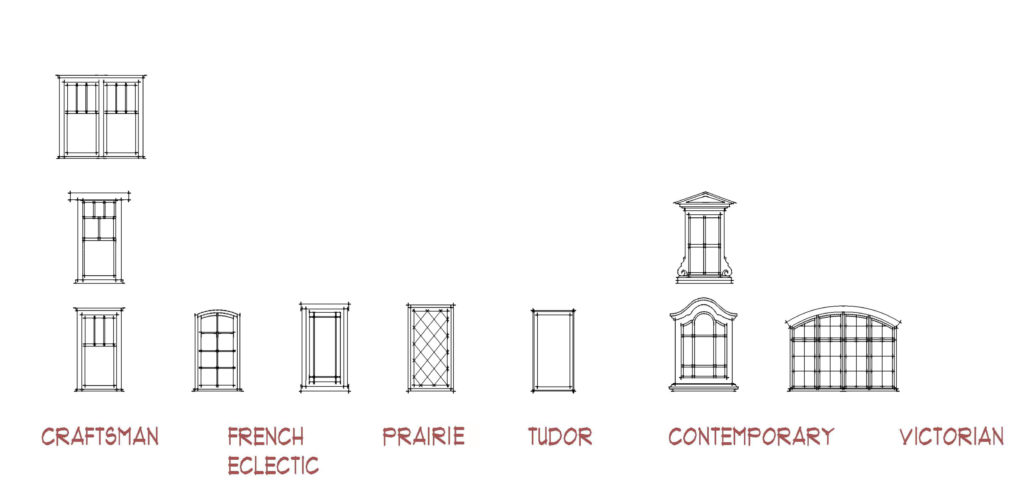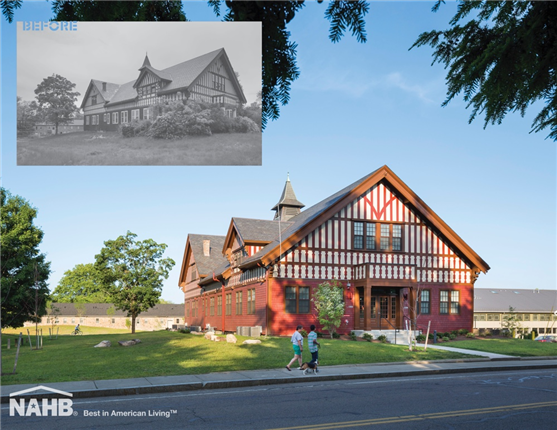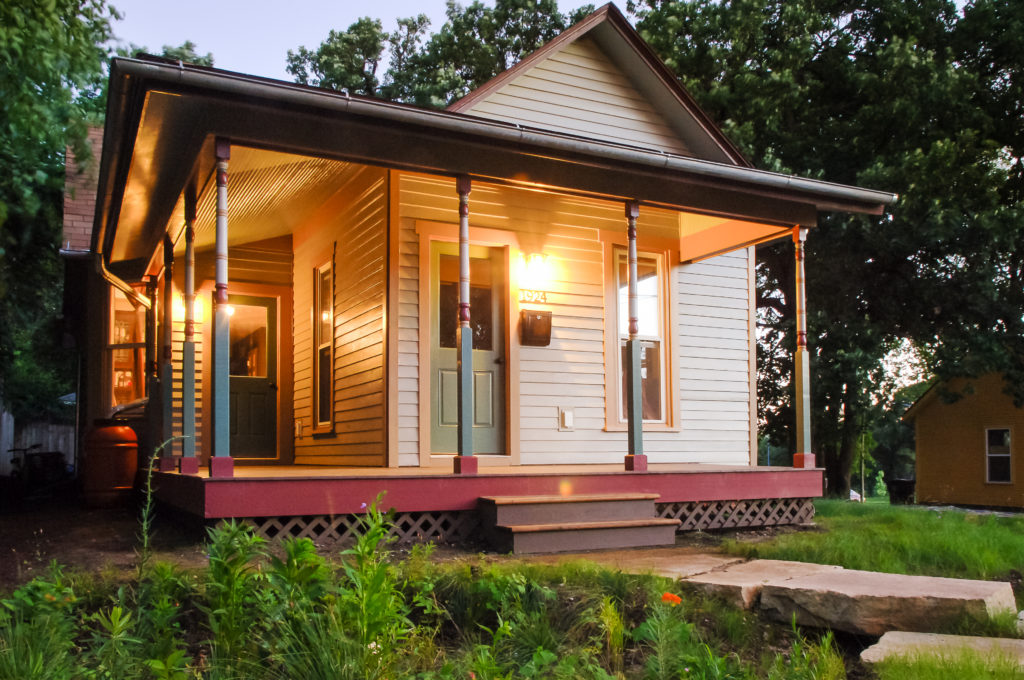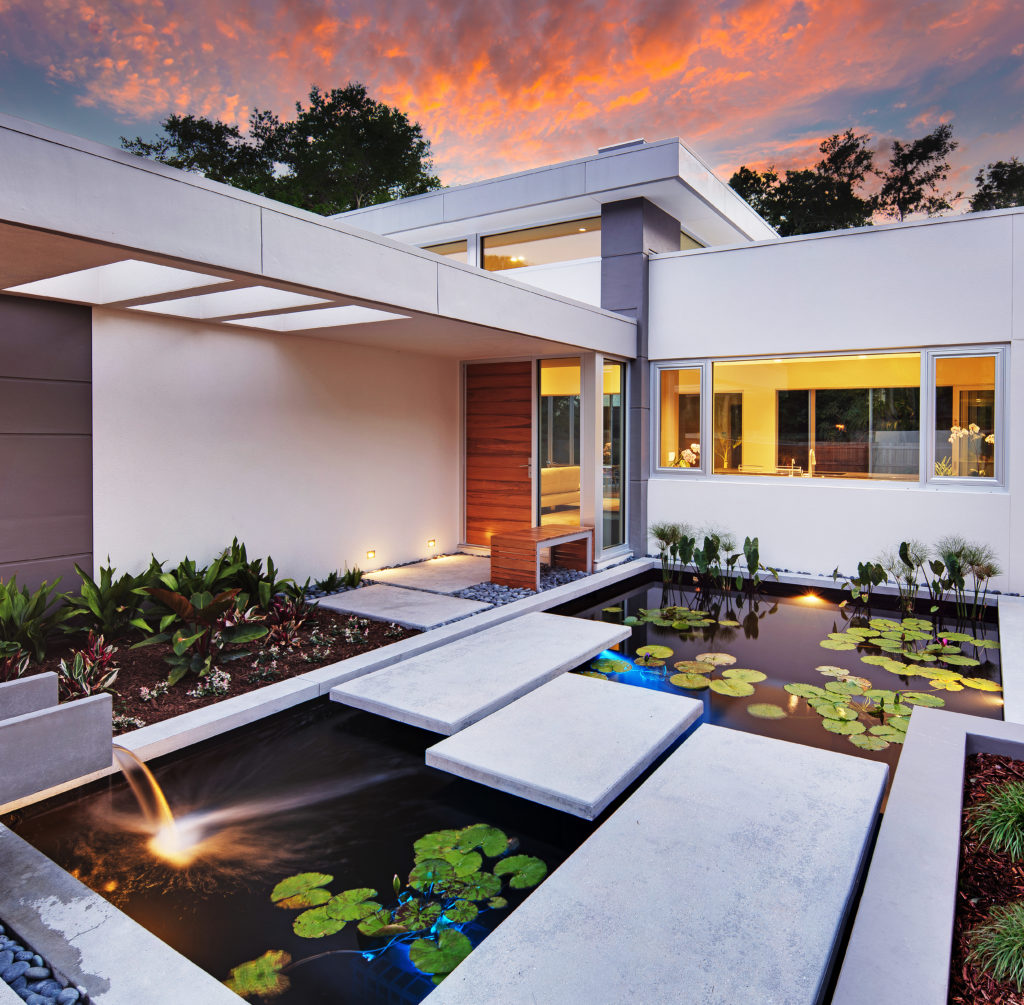When I first approached the topic of window mullions and muntins for Best in American Living’s “It’s All in the Details,” I decided to submerse myself in window history. It started out great. I was reading about pre-16th-century mullions that were primarily carved out of stone, how large windows were subdivided into smaller openings by vertical muntins of timber…and then I got hungry. I went to my modern day fridge and made a sandwich. Eager to get back, I learned how crowned glass was introduced in 1674 and this led to cross-casement windows.
It sure was quiet, though—a little background music was in order. I grabbed my I-pod. Less eager now, I dug further in and discovered that in the 18th-century mullions started to be made out of pine.
It must have been at this point that I nodded off. When I awoke it was clear: Window history is brutally boring. I moved on to thinking about how we can use information about mullions and muntins in today’s world to help our businesses.
As Joan Rivers would say, “Can we talk?” Mullions and muntins? Can it get any more confusing than that? Both customers and builders alike constantly mix up these terms. In fact, they are misconstrued so often that most people avoid using them like I avoid broccoli. Most have no name for mullions at all, and call muntins grids, grilles, and even bars. A quick definition:
Mullions are the vertical bars that separate two or more windows.
Muntins can be vertical, horizontal, or both, and they appear to divide the glass that makes up the window. Fun fact: Many window manufacturers have given up calling them muntins and now call them grilles instead.

So why do we care? Here’s why: There are very specific mullion and muntin patterns that relate to various architectural styles. For builders and architects, window styles and patterns have become very important. If the goal is to make the home appear to be as authentic as possible (given budget and modern material use) then the lowly muntin plays a key role. Here’s a look at some designs that relate to architectural style:
Craftsman–The windows are typically double- or single-hung style, often leaving the bottom pane clear of muntins and have several variations on the top pane.

Photographer: John Horner
Tudor–Tudor utilizes a fairly standard grid pattern in general but it also in many cases employs the diamond grid shown here.
Country French–Country French homes will often include elliptical transoms mulled to a series of lower casements.
Victorian—Victorian homes feature many different muntin patterns and the focus tends to be on the shape of the window and the trim surrounding it.

Photographer: Chaden Halfhill
Prairie–The muntins create a border and open up the interior of the glass.
French Eclectic—Often the French Eclectic style will feature a simple grid pattern of muntins within a casement with an elliptical top.
Contemporary—There can be many variations to contemporary glazing. A popular treatment is to leave the muntins off.

Photographer: Gamma Photography
Of course this is just a small sample. I could discuss many more architectural styles and patterns, but those listed above establish a base.
Are these rules strictly followed? Not always. Often builders and architects break the rules—with differing results. Also, when an amazing view is involved, say a lake or mountain range, the muntin rules are, well, thrown out the window in favor of unobstructed beauty. Other times builders will remove muntins on the sides and rear of the home to reduce cost. But they should keep the side muntins when a front room includes windows on the sides. It looks odd to have grilles on one side of the room but not the other.
Paying attention to the details is half the battle of designing great homes. So consider your muntin and mullion patterns. Not only will it help your house look great, It will go a long way to giving your project style and a sense of authenticism.
Todd Hallett, AIA, CAPS is President and Founder of TK Design & Associates.

